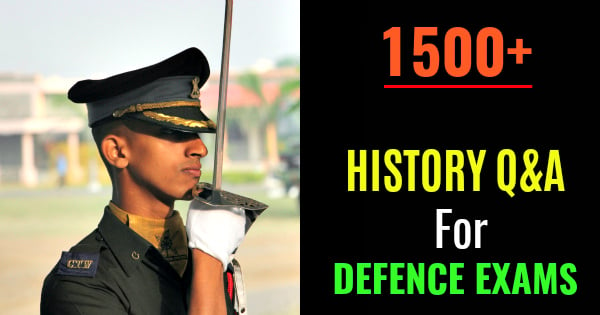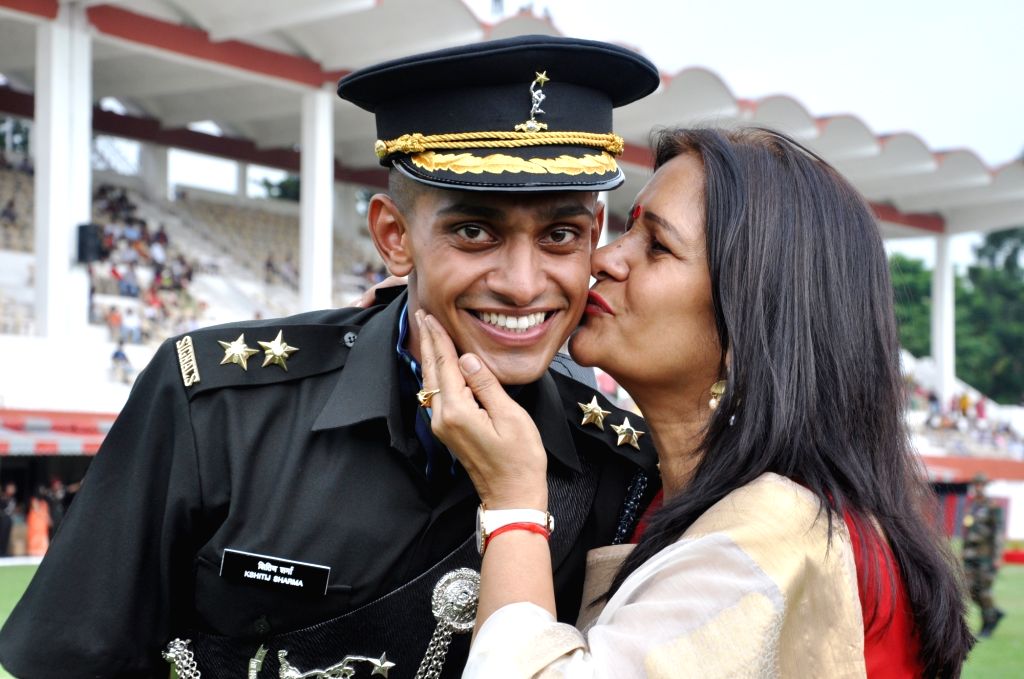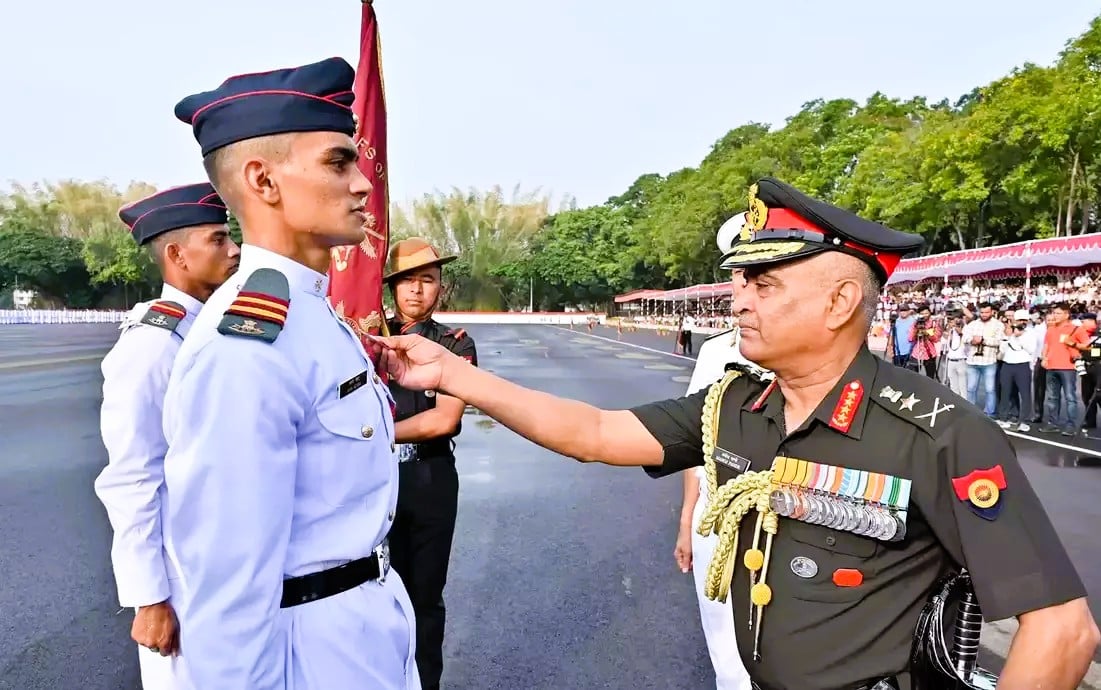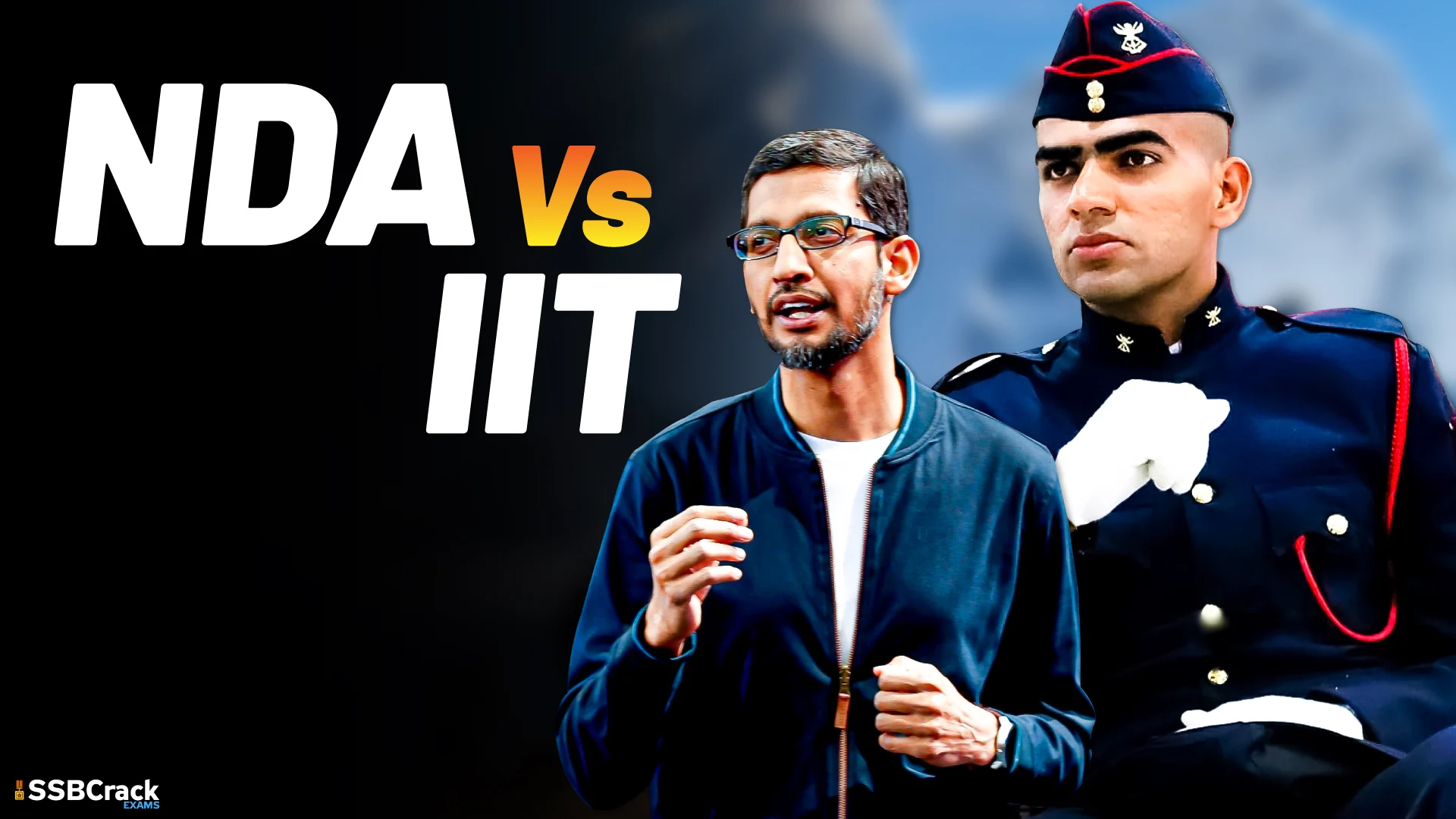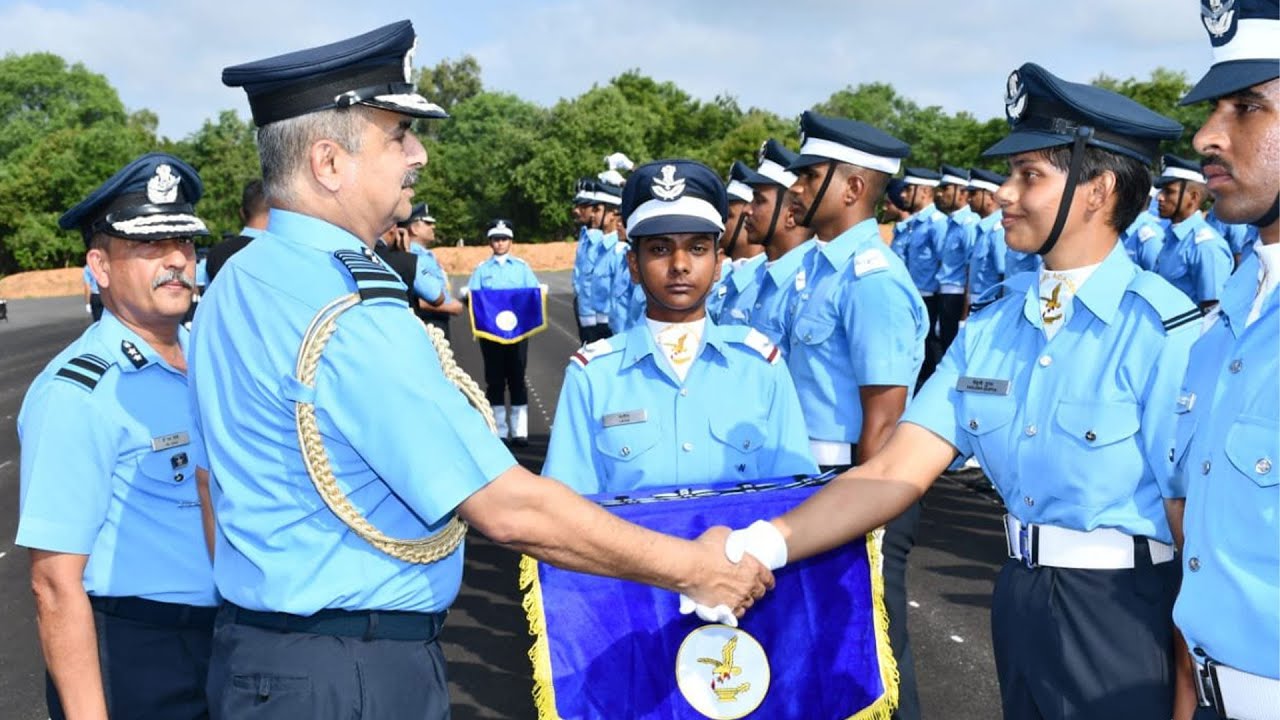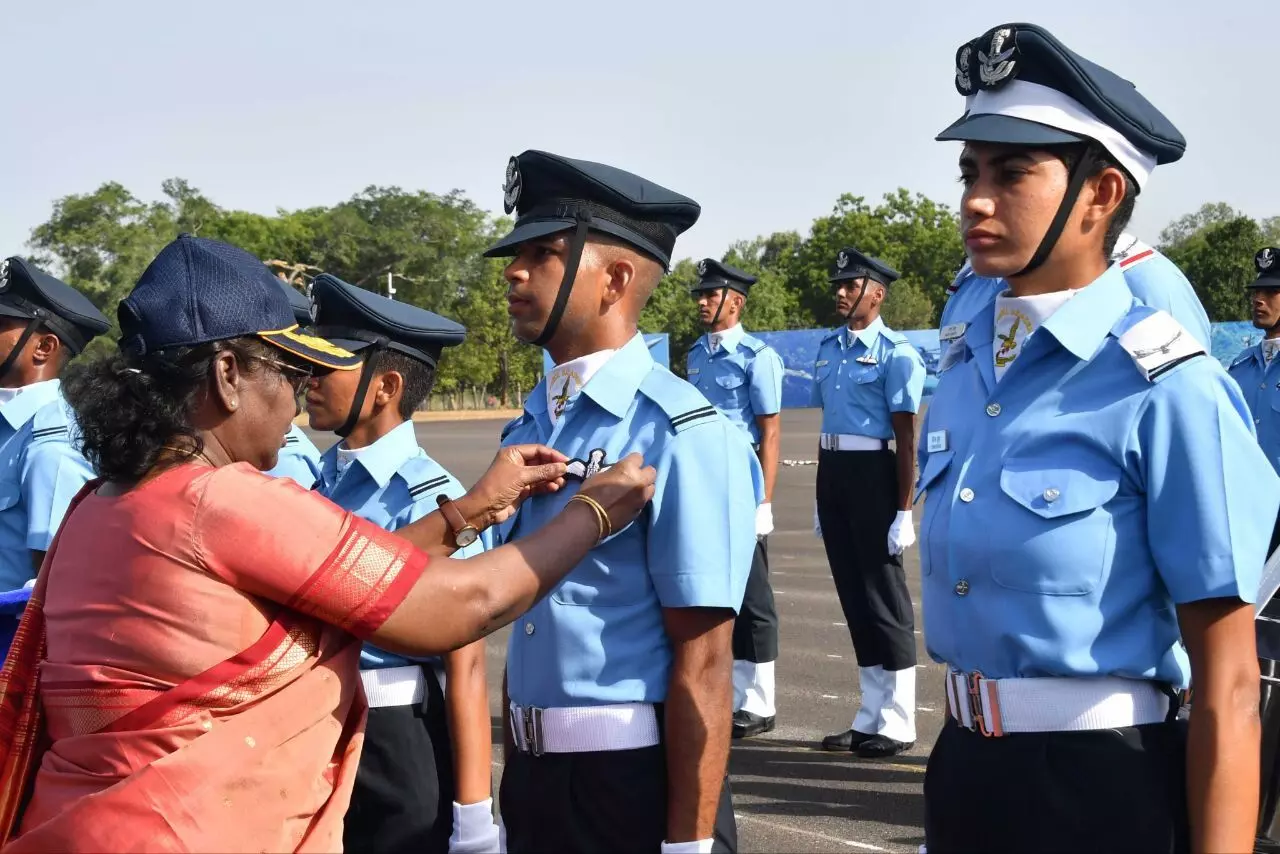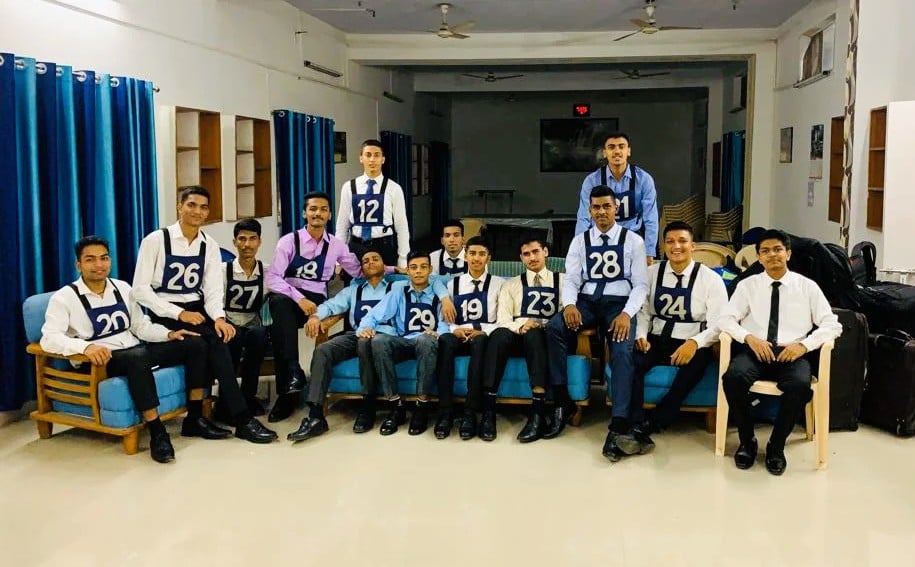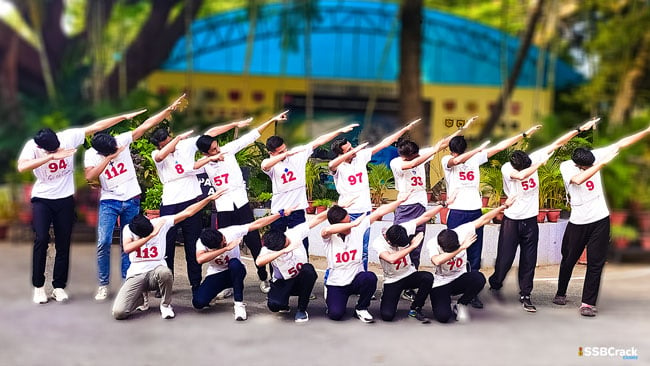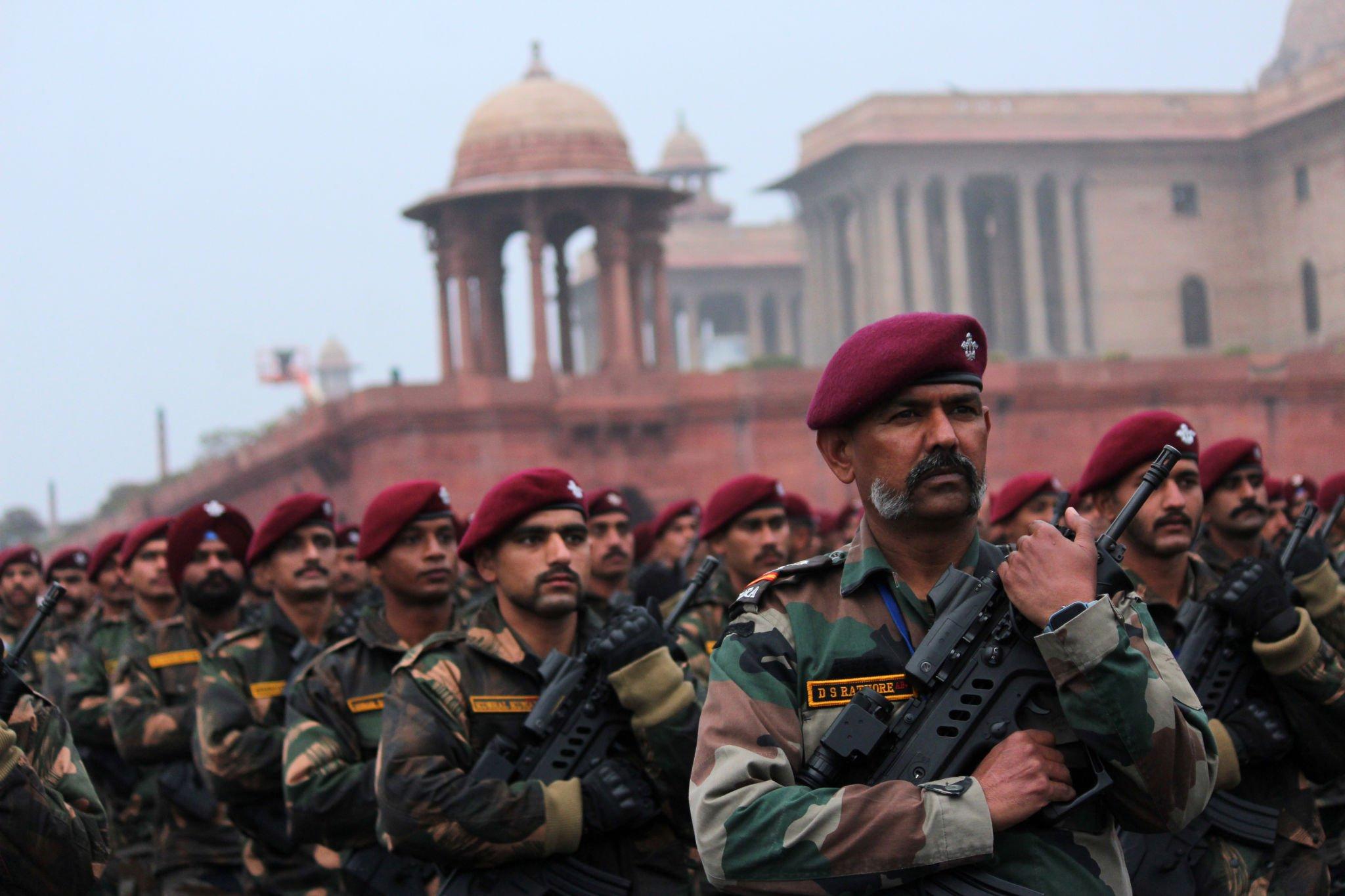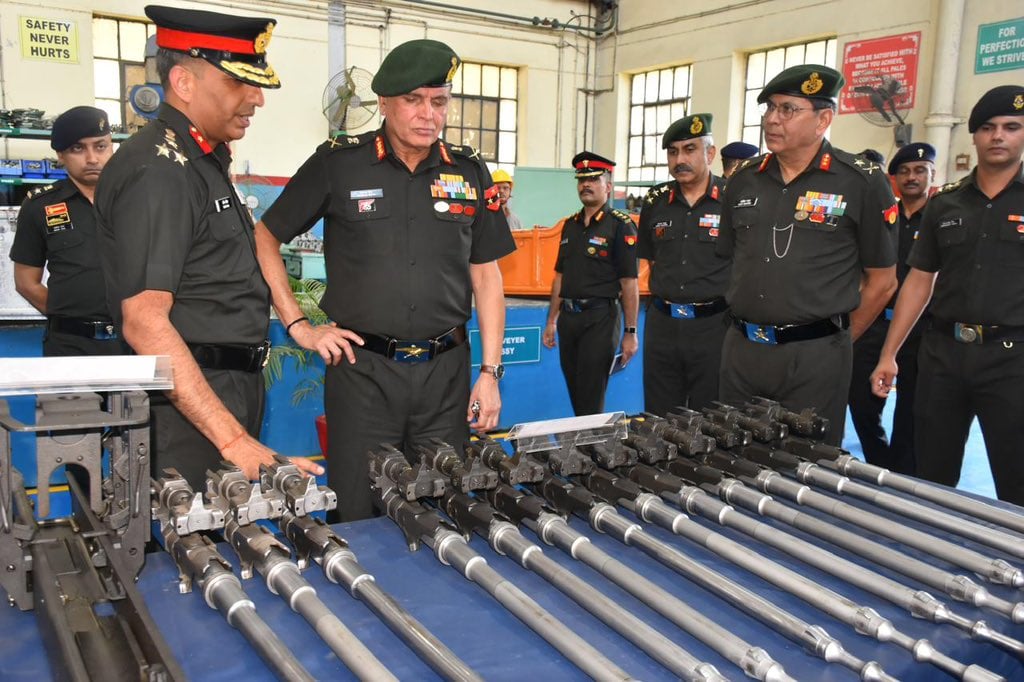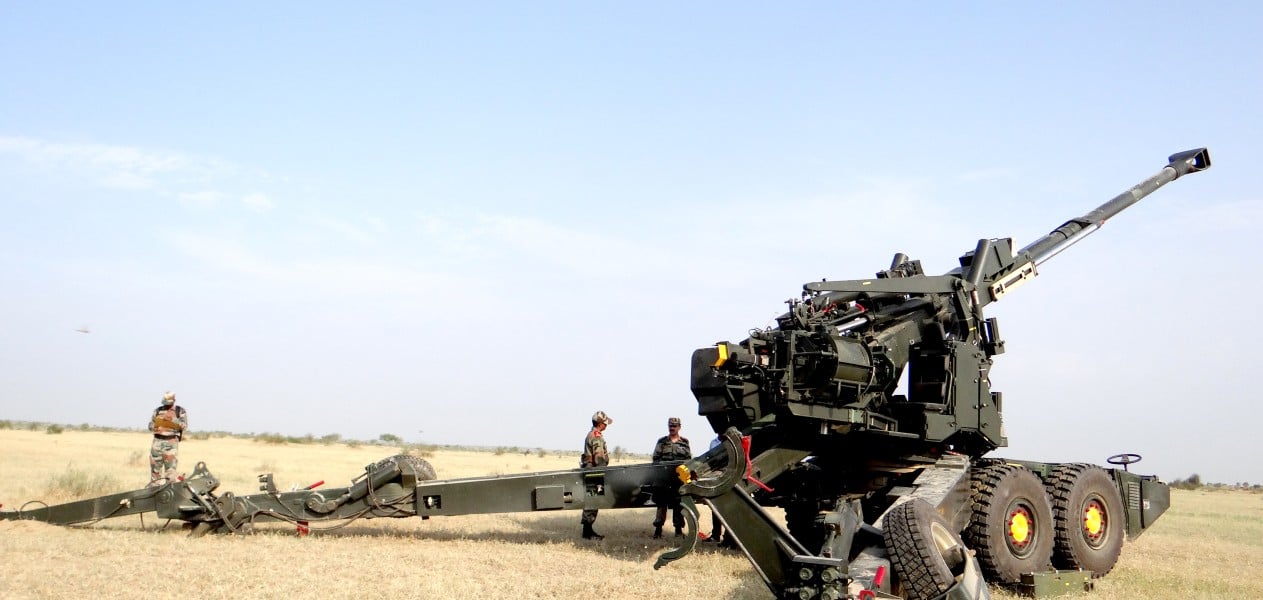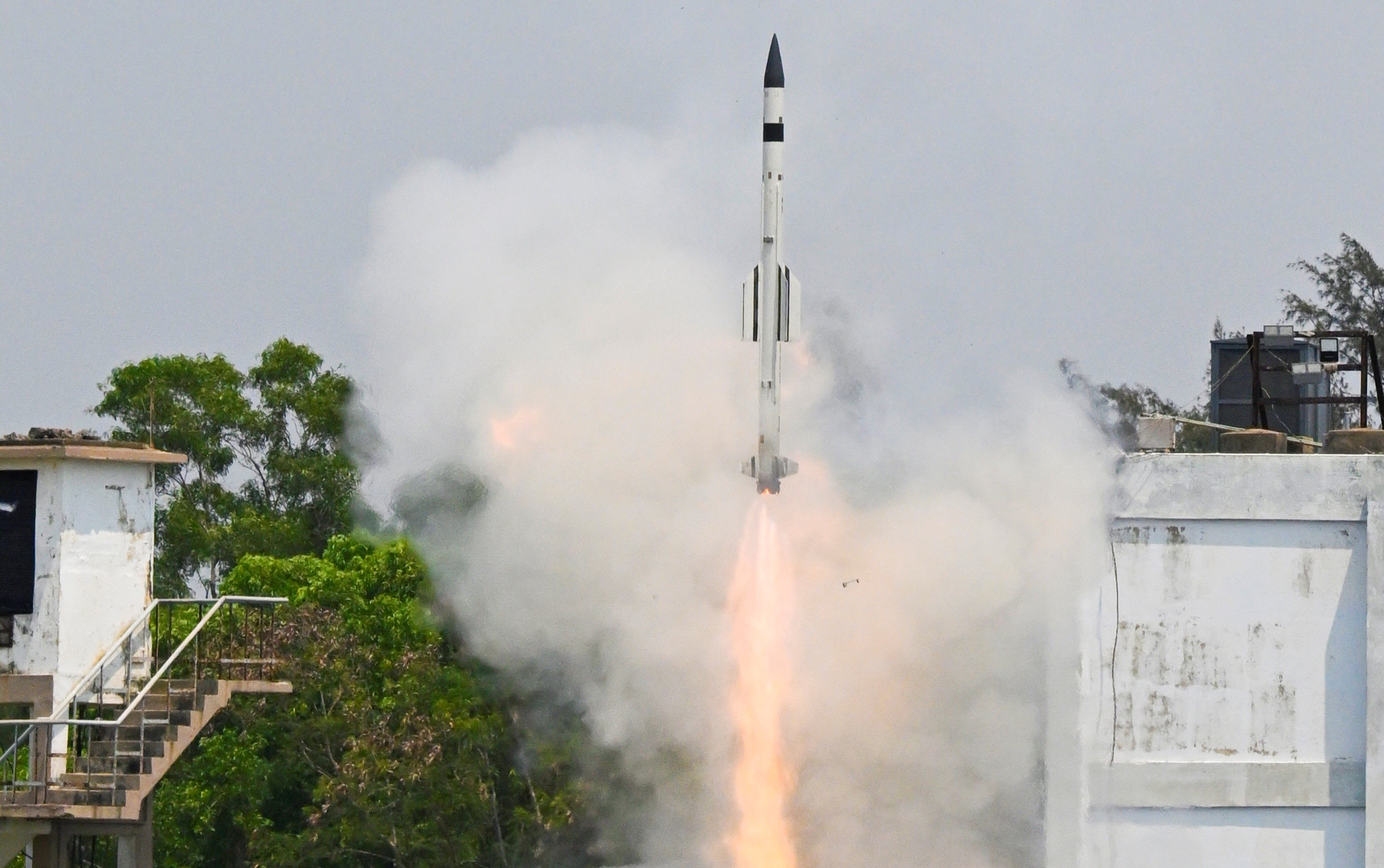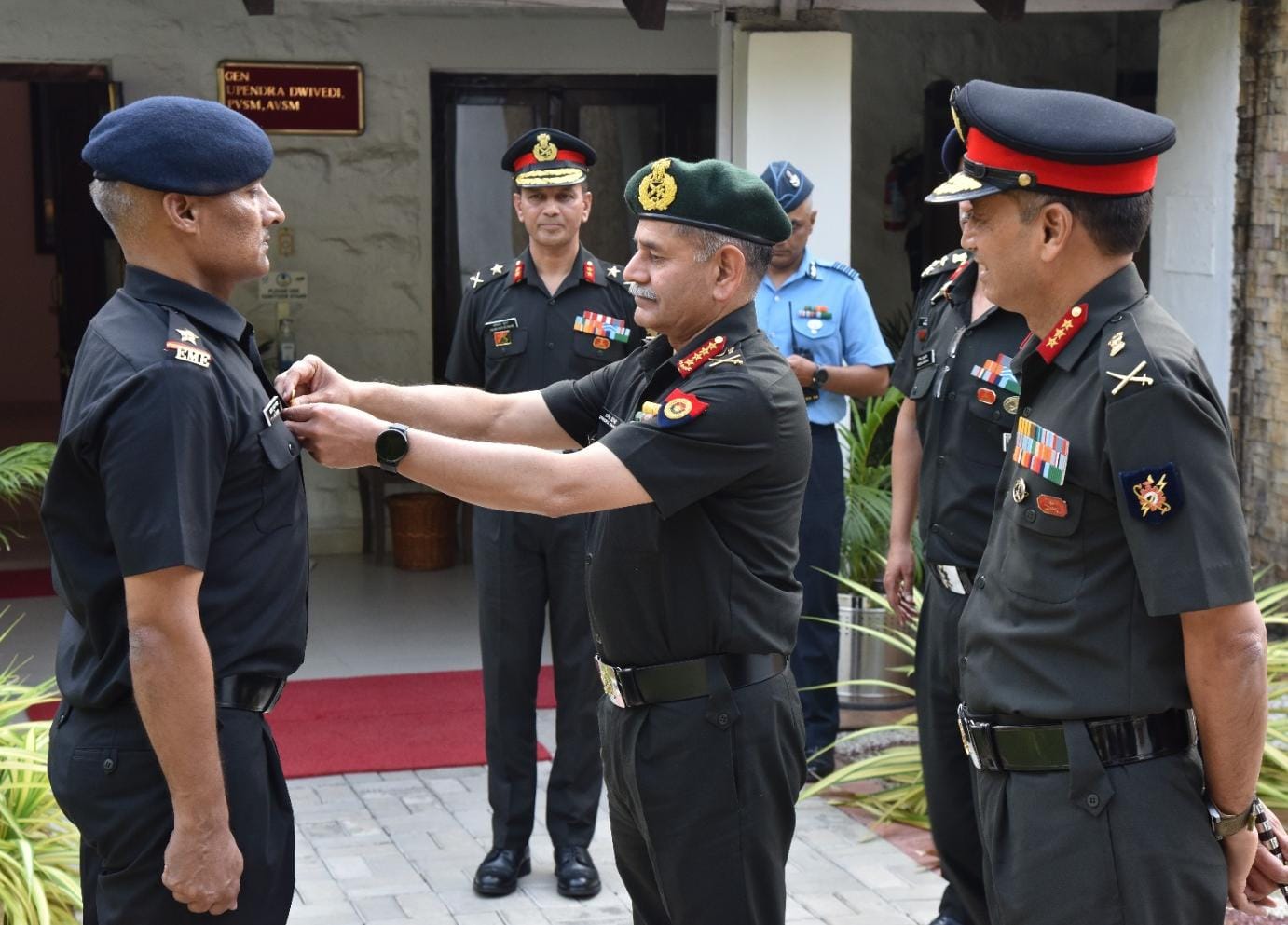Candidates who are going to face defence exams like NDA, AFCAT, CDS, and TA can prepare for the history questions from this article. Below you can find around 1500+ history questions and answer from ancient history, medieval history, and modern history. History objective type questions are given in the pdf file with answers.
To download SSB preparation ebooks, candidates can visit shop.ssbcrack.com and use code: WARRIOR20
1500+ History Questions and Answers For AFCAT CDS NDA TA
ANCIENT INDIA : QUESTIONS WITH ANSWERS
1. Which of the following Vedas deals with magic spells and witchcraft?
(a) Rigveda
(b) Samaveda
(c) Yajurveda
(d) Atharvaveda
Ans: (d)
2. The later Vedic Age means the age of the compilation of
(a) Samhitas
(b) Brahmanas
(c) Aranyakas
(d) All the above
Ans: (d)
3. The Vedic religion along with its Later (Vedic) developments is actually known as
(a) Hinduism
(b) Brahmanism
(c) Bhagavatism
(d) Vedic Dharma
Ans: (b)
4. The Vedic Aryans first settled in the region of
(a) Central India
(b) Gangetic Doab
(c) Saptasindhu
(d) Kashmir and Punjab
Ans: (c)
5. Which of the following contains the famous Gayatrimantra?
(a) Rigveda
(b) Samaveda
(c) Kathopanishad
(d) Aitareya Brahmana
Ans: (a)
6. The famous Gayatrimantra is addressed to
(a) Indra
(b) Varuna
(c) Pashupati
(d) Savita
Ans: (d)
7. Two highest ,gods in the Vedic religion were
(a) Agni and Savitri
(b) Vishnu and Mitra
(c) Indra and Varuna
(d) Surya and Pushan
Ans: (c)
8. Division of the Vedic society into four classes is clearly mentioned in the
(a) Yajurveda
(b) Purusa-sukta of Rigveda
(c) Upanishads
(d) Shatapatha Brahmana
Ans: (b)
9. This Vedic God was ‘a breaker of the forts’ and also a ‘war god’
(a) Indra
(b) Yama
(c) Marut
(d) Varuna
Ans: (a)
10. The Harappan or Indus Valley Civilisation flourished during the ____ age.
(a) Megalithic
(b) Paleolithic
(c) Neolithic
(d) Chalcolithic
Ans: (d)
11. The first metal to be extensively used by the people in India was
(a) Bronze
(b) Copper
(c) Iron
(d) Tin
Ans: (b)
12. Which of the following civilisations is net associated with the Harappan Civilisation?
(a) Mesopotamian
(b) Egyptian
(c) Sumerian
(d) Chinese
Ans: (d)
13. Of the following scholars who was the first to discover the traces of the Harappan
Civilisation?
(a) Sir John Marshall
(b) RD Banerji
(c) A Cunningham
(d) Daya Ram Sahani
Ans: (d)
14. The Harappan Civilisation achieved far greater advancement than Sumer, Elam etc. on
account of its
(a) town planning
(b) metal working
(c) weights and measures
(d) seals and figures
Ans: (a)
15. The town planning in the Harappan Civilisation was inspired by a regard for
(a) beauty and utility
(b) uniformity
(c) sanitation and public health
(d) demographic factor
Ans: (c)
MEDIEVAL INDIA : QUESTIONS WITH ANSWERS
1. Todarmal is associated with the revenue system known as
(a) Kankut
(b) Ghalla Bakshi
(c) Zabti or Zabt
(d) Nasaq
Ans: (c)
2. The original name of Tansen, the greatest musician of the court of Akbar, was
(a) Makaranda Pandey
(b) Ramatanu Pande
(c) Haridas
(d) Lal Kalawant
Ans: (b)
3. Of the so-called ‘Nine Gems of the Court of Akbar’ the one who was a reputed poet of
Hindi, was
(a) Abul Fazl
(b) Faizi
(c) Abdur Rahim Khan-i-Khana
(d) Birbal
Ans: (c)
4. The greatest historian of the reign of Akbar, who wrote Akbarnama and Ain-i-Akbari,
was
(a) Nizamuddin Ahmad
(b) Abdur Qadir Badauni
(c) Abul Fazl
(d) Abdas Khan Arwani
Ans: (c)
5. Akbar granted the present site of Amritsar to the Sikh Guru
(a) Amar Das
(b) Angad
(c) Ram Das
(d) Arjan
Ans: (a)
6. Mansabdari System was founded by Akbar. The Mansabdars were
(a) military commanders
(b) provincial governors
(c) high civil and military officers
(d) all of the above
Ans: (d)
7. The most important poet at the court of Mahmud of Ghazni, who wrote Shahnama and
is regarded as the “Immortal Homer of the East” was
(a) Utbi
(b) Firdausi
(c) Alberuni
(d) Baihaqi
Ans: (b)
8. During the course of his numerous invasions, Muhammad Ghori (Before his conquest in
the Second Battle of Tarain) was defeated by
(a) Chalukya king Bhima II of Gujarat
(b) Prithviraja Chauhan III of Ajmer
(c) Both (a) and (b) above
(d) (b) and the Chandela king Paramardi
Ans: (c)
9. Muhammad Ghori laid the foundation of the Turkish Empire in India by defeating
(a) Prithviraj Chauhan in Second Battle of Tarain
(b) Jayachanda in the Battle of Chandawar
(c) The Chandelas
(d) Both (a) and (b) above
Ans: (d)
10. It is said that Muhammad-bin-Bakhtiyar Khalji, one of the commanders of Muhammad
Ghuri, conquered Nadia (one of the capitals of Bengal) with only 18 horsemen. The
king of Bengal who then fled barefoot from his palace was
(a) Samantasena
(b) Hemantasena
(c) Ballalasena
(d) Lakshamanasena
Ans: (d)
11. The Buddhist universities of Nalanda and Vikramshila in Bihar were destroyed during
the invasions of
(a) Mahmud of Ghazni
(b) Muhammad Ghori
(c) Bakhtiyar Khalji
(d) All Mardan Khalji
Ans: (c)
12. The real founder of the Sultanate of Delhi and its first dynasty was
(a) Muhammad Ghuri
(b) Qutub-ud-din-Aibak
(c) Iltutmish
(d) Balban
Ans: (c)
13. From the point of view of the Turkish rule, the most important contribution of IItutmish
was
(a) Establishment of dynastic rule
(b) He was the first Muslim ruler in India to issue coins
(c) He made Delhi the capital of the Sultanate
(d) He organised the Iqta System
Ans: (d)
14. Haziya (the daughter of IItutmish) the only woman ruler in the history of Medieval
India ascended the throne with the support of
(a) the army
(b) the nobility
(c) the people of Delhi
(d) All the above
Ans: (d)
15. The first medieval ruler to propound the divine theory of Kingship was
(a) Iltutmish
(b) Raziya
(c) Balban
(d) Alauddin Khalji
Ans: (c)
Current Affairs questions will be from last 5-7 months (for AFCAT, NDA, CDS, TA)
- Current Affairs Dec 2017 eBook
- Current Affairs Nov 2017 eBook
- Current Affairs Oct 2017 eBook
- Current Affairs Sep 2017 eBook
- Current Affairs Aug 2017 eBook
MODERN INDIA : QUESTIONS WITH ANSWERS
1. Which of the following Vedas deals with magic spells and witchcraft?
(a) Rigveda
(b) Samaveda
(c) Yajurveda
(d) Atharvaveda
Ans: (d)
2. The later Vedic Age means the age of the compilation of
(a) Samhitas
(b) Brahmanas
(c) Aranyakas
(d) All the above
Ans: (d)
3. The Vedic religion along with its Later (Vedic) developments is actually known as
(a) Hinduism
(b) Brahmanism
(c) Bhagavatism
(d) Vedic Dharma
Ans: (b)
4. The Vedic Aryans first settled in the region of
(a) Central India
(b) Gangetic Doab
(c) Saptasindhu
(d) Kashmir and Punjab
Ans: (c)
5. Which of the following contains the famous Gayatrimantra?
(a) Rigveda
(b) Samaveda
(c) Kathopanishad
(d) Aitareya Brahmana
Ans: (a)
6. The famous Gayatrimantra is addressed to
(a) Indra
(b) Varuna
(c) Pashupati
(d) Savita
Ans: (d)
7. Two highest ,gods in the Vedic religion were
(a) Agni and Savitri
(b) Vishnu and Mitra
(c) Indra and Varuna
(d) Surya and Pushan
Ans: (c)
8. Division of the Vedic society into four classes is clearly mentioned in the
(a) Yajurveda
(b) Purusa-sukta of Rigveda
(c) Upanishads
(d) Shatapatha Brahmana
Ans: (b)
9. This Vedic God was ‘a breaker of the forts’ and also a ‘war god’
(a) Indra
(b) Yama
(c) Marut
(d) Varuna
Ans: (a)
10. The Harappan or Indus Valley Civilisation flourished during the ____ age.
(a) Megalithic
(b) Paleolithic
(c) Neolithic
(d) Chalcolithic
Ans: (d)
11. The first metal to be extensively used by the people in India was
(a) Bronze
(b) Copper
(c) Iron
(d) Tin
Ans: (b)
12. Which of the following civilisations is net associated with the Harappan Civilisation?
(a) Mesopotamian
(b) Egyptian
(c) Sumerian
(d) Chinese
Ans: (d)
13. Of the following scholars who was the first to discover the traces of the Harappan
Civilisation?
(a) Sir John Marshall
(b) RD Banerji
(c) A Cunningham
(d) Daya Ram Sahani
Ans: (d)
14. The Harappan Civilisation achieved far greater advancement than Sumer, Elam etc. on
account of its
(a) town planning
(b) metal working
(c) weights and measures
(d) seals and figures
Ans: (a)
15. The town planning in the Harappan Civilisation was inspired by a regard for
(a) beauty and utility
(b) uniformity
(c) sanitation and public health
(d) demographic factor
Ans: (c)
Download 1500+ History Questions And Answers
How to prepare for SSB Interview

